True equality under law has no place for race in our society

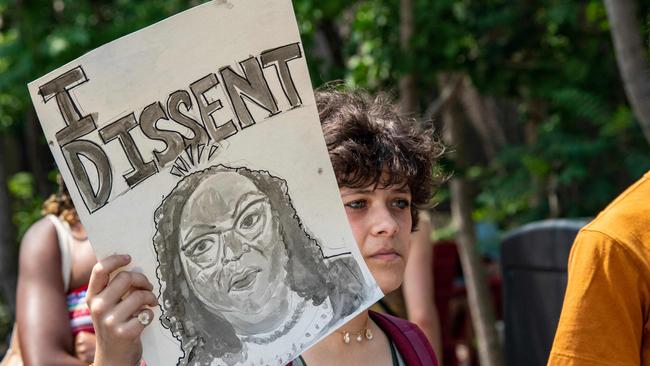
In two cases brought against Harvard University and the University of North Carolina, a majority of the US Supreme Court held that the constitution, to quote Justice Clarence Thomas, was “colour-blind, and neither knows nor tolerates classes among citizens”.
That underlying value led the court to confirm that the 14th amendment to the US constitution prohibited race as a reason for a formal leg-up in university admissions policies.
While our own Constitution does not contain the explicit guarantee of the 14th amendment’s “equal protection of the laws”, we have our own commitment, as a democracy, to equality under the law.
To be sure, there are different laws for people of different needs, but laws that permanently divide people by race are anathema in a free society.
Contrary to some daft Democrats, the court’s dismantling of affirmative action isn’t a right-wing plot. The court recognised justice Sandra Day O’Connor’s observation in the 2003 landmark case US Supreme Court Grutter v Bollinger: “race-conscious admissions policies must be limited in time”.
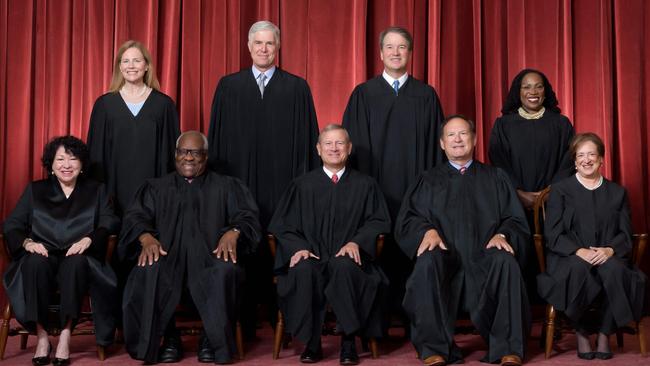
“The court expects that 25 years from now the use of racial preferences will no longer be necessary to further the interest approved today,” O’Connor said.
The first female justice of the US Supreme Court made clear that special race-based measures must only ever be temporary in nature, predicated on correcting disadvantage, not cementing discrimination. Though a pedant will point to O’Connor being out by five years, last week the majority SCOTUS justices honoured that idea when upholding equality under the law.
Equality under the law is equally important in Australia. In addition to our common-law traditions, we have ratified the International Convention on the Elimination of All Forms of Racial Discrimination, which defines racial discrimination to mean any “distinction, exclusion, restriction or preference based on race, colour, descent, or national or ethnic origin which has the purpose or effect of nullifying or impairing the recognition, enjoyment or exercise, on an equal footing, of human rights and fundamental freedoms in the political, economic, social, cultural or any other field of public life”.
Upholding that commitment means we are required, by international law, to prohibit and eliminate racial discrimination and “to guarantee the right of everyone, without distinction as to race, colour, or national or ethnic origin, to equality before the law, notably in the enjoyment of the following rights: … (c) political rights, in particular the rights to participate in elections – to vote and to stand for election – on the basis of universal and equal suffrage, to take part in the government as well as in the conduct of public affairs at any level and to have equal access to public service”.
The convention contains an exception for “special measures” to overcome disadvantage and to secure advancement.
However, the proviso is critical: “such measures must not, as a consequence, lead to the maintenance of separate rights for different racial groups and that they shall not be continued after the objectives for which they were taken have been achieved”.
Affirmative action policies are only ever intended as temporary provisions to overcome disadvantage. Permanent discrimination in favour of one class of people is inherently unjust; its tendency to fuel division is clear.
By its nature, permanent discrimination based on race offends equality under the law.
Justice Neil Gorsuch alluded to the lunacy and dangers of racial discrimination when federal government classifications have a “white” category that “sweeps in anyone from ‘Europe, Asia west of India and North Africa’. That includes those of Welsh, Norwegian, Greek, Italian, Moroccan, Lebanese, Turkish or Iranian descent. It embraces an Iraqi or Ukrainian refugee as much as a member of the British royal family.” That lunacy is no different in Australia, where “non-Indigenous” includes people of British descent to those of Croatian, Korean and Ethiopian descent, and so on. Disadvantage is not a function of race; it is a function of disadvantage.
Thomas argued permanent affirmative action“locks blacks into a seemingly perpetual inferior caste”.
As Chief Justice John Roberts wrote: “The student must be treated based on his or her experiences as an individual – not on the basis of race.”
I recall an Australian saying the same thing in 2012. At the height of his reforming period Noel Pearson said: “As long as the allowance of racial discrimination remains in our Constitution, it continues, in both subtle and unsubtle ways, to affect our relationships with each other. Though it has historically hurt my people more than others, racial categorisations dehumanise us all. It dehumanises us because we are each individuals, and we should be judged as individuals. We should be rewarded on our merits and assisted in our needs. Race should not matter.”
This observation ought to be repeated as often as is needed to redirect those who would glibly discard values that underpin a thriving, healthy modern democracy. This country should be removing provisions in the Constitution that divide Australians by race, not adding a new, more dangerous and divisive, one to our founding document.
The central flaw in the Yes case for a constitutionally enshrined voice is that Yes advocates cannot genuinely distinguish between a body aimed at addressing health, educational and life disadvantages, on the one hand, and securing power permanently based on race. The words of their proposed constitutional amendment reveal its real purpose is to hold power permanently based on race.
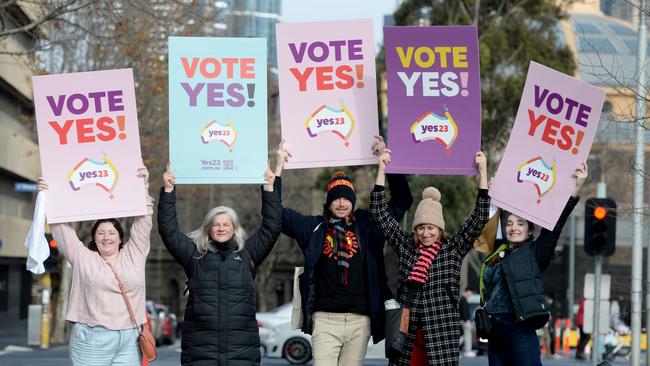
This permanency gives rise to both the intellectual weakness and the practical dilemma for the voice project: its inability to be honest with voters about the real purpose of putting the voice in the Constitution. If voice advocates genuinely believed a special body was needed to secure health, educational and life outcomes that closed the gap then a legislative body would suffice, or even a constitutional voice with a sunset clause.
Instead, Yes advocates want permanent affirmative action. It’s about power, forever. But they cannot admit as much to voters, so they talk deceptively about generous invitations to walk hand-in-hand.
Disadvantage should always trouble us, and we must seek ways to overcome it, but that is not done by dividing people by race formally and permanently in the Constitution.

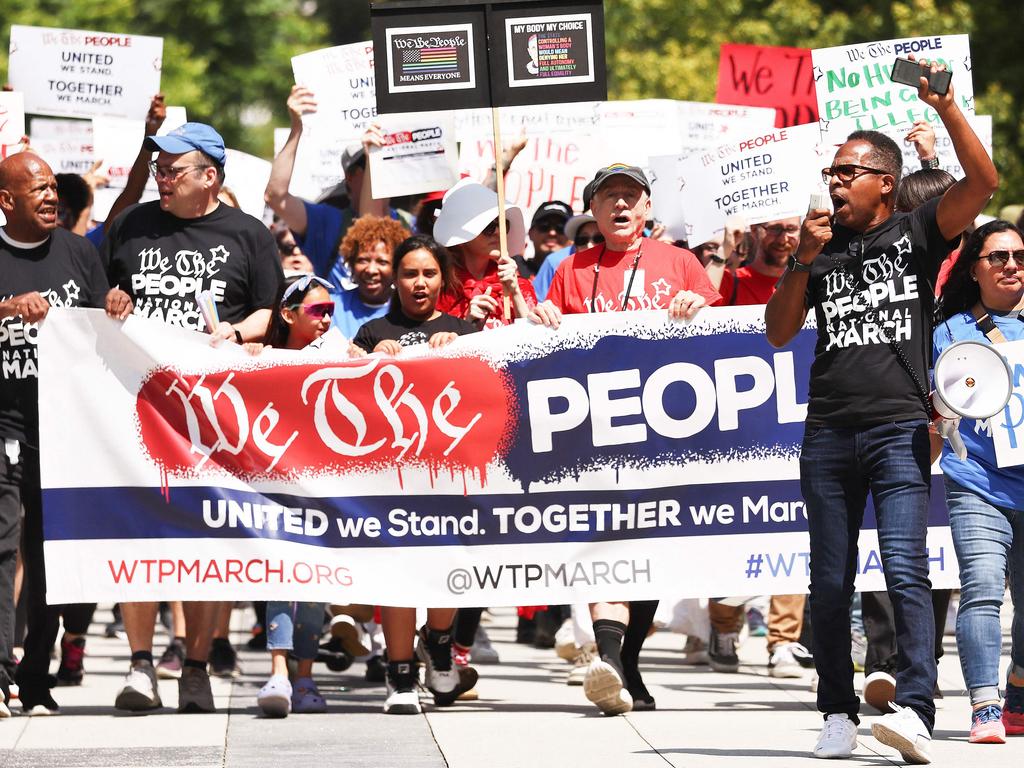
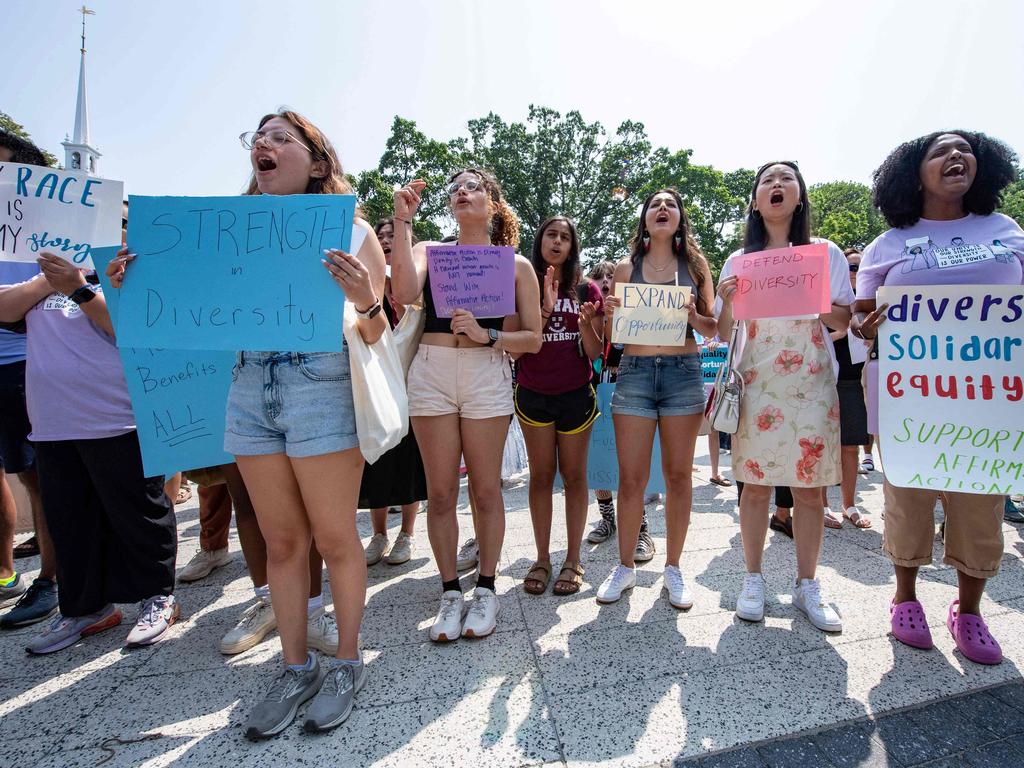



Last week’s decision by the US Supreme Court to uphold equality under the law was perfectly timed for our own country. Just as the Yes campaign launched its support for constitutional inequality, American judges explained why that is a dangerous road.